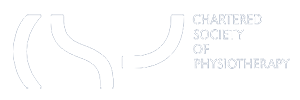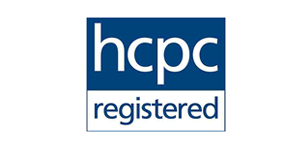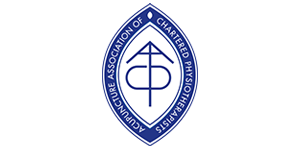Comprehensive, structured education—beginning in the pre-surgery phase (prehab)—can significantly improve rehabilitation outcomes and reduce complications.
That’s why we’ve developed a dedicated ACLR (Anterior Cruciate Ligament Reconstruction) patient education document that clearly outlines key terms, milestones, and goals throughout this lengthy and complex recovery process.
1. Addressing the Knowledge Gap
The average age of ACL injury in the UK is 29, according to the National Ligament Registry. For many, it’s their first serious injury, and research shows that:
- Most patients don’t understand their injury or the recovery process
- This leads to unrealistic expectations, low compliance, and slow recovery
- Few grasp the importance of concepts like graft healing, early weightbearing, or VMO (vastus medialis oblique) activation
Education empowers patients to take control of their recovery, understand their treatment plan, and engage meaningfully with their rehab.
2. Setting Realistic Expectations
Preoperative expectations significantly influence postoperative satisfaction.
- Patients expecting a quick, smooth recovery may feel discouraged—even after a technically successful surgery.
- Understanding rehab timelines, key milestones, and risks (such as graft failure rates up to 13.3%) helps patients set realistic, achievable goals.
This reduces frustration, improves satisfaction, and promotes better mental health during rehab.
3. Navigating Psychological Barriers
ACL injuries don’t just affect the knee—they affect the mind.
- Fear of reinjury (kinesiophobia) is common
- Lack of confidence can prevent return to sport—even in fully healed athletes
Prehabilitation (pre-surgery physical and mental preparation) is associated with:
- Better return-to-sport rates
- Improved psychological readiness
Early education normalizes these fears and introduces tools to manage them, such as psychological support or guided exposure therapy.
4. Enhancing Rehab Compliance
ACLR rehab is long, structured, and requires criteria-based progression.
Non-compliance is one of the biggest barriers to recovery—but often, it stems from lack of understanding.
- Patients may not know why motor control, limb symmetry, or jump form matter more than simple metrics like hop distance.
- Understanding what to do and why it matters leads to greater commitment and effort.
Moving Forward
We’re excited to be piloting a new patient education document that will become part of our standard ACLR care pathway. This resource will guide patients from the moment of injury through every phase of rehab—with easy-to-understand explanations, timelines, and goals.
Don’t Let Uncertainty Delay Your Recovery
If you’ve had an ACL injury or are preparing for reconstruction surgery, early education can be the difference between a frustrating rehab and a confident, well-informed recovery.
📞 Contact us to learn more or schedule a prehab consultation—we’re here to support your journey back to full strength.





